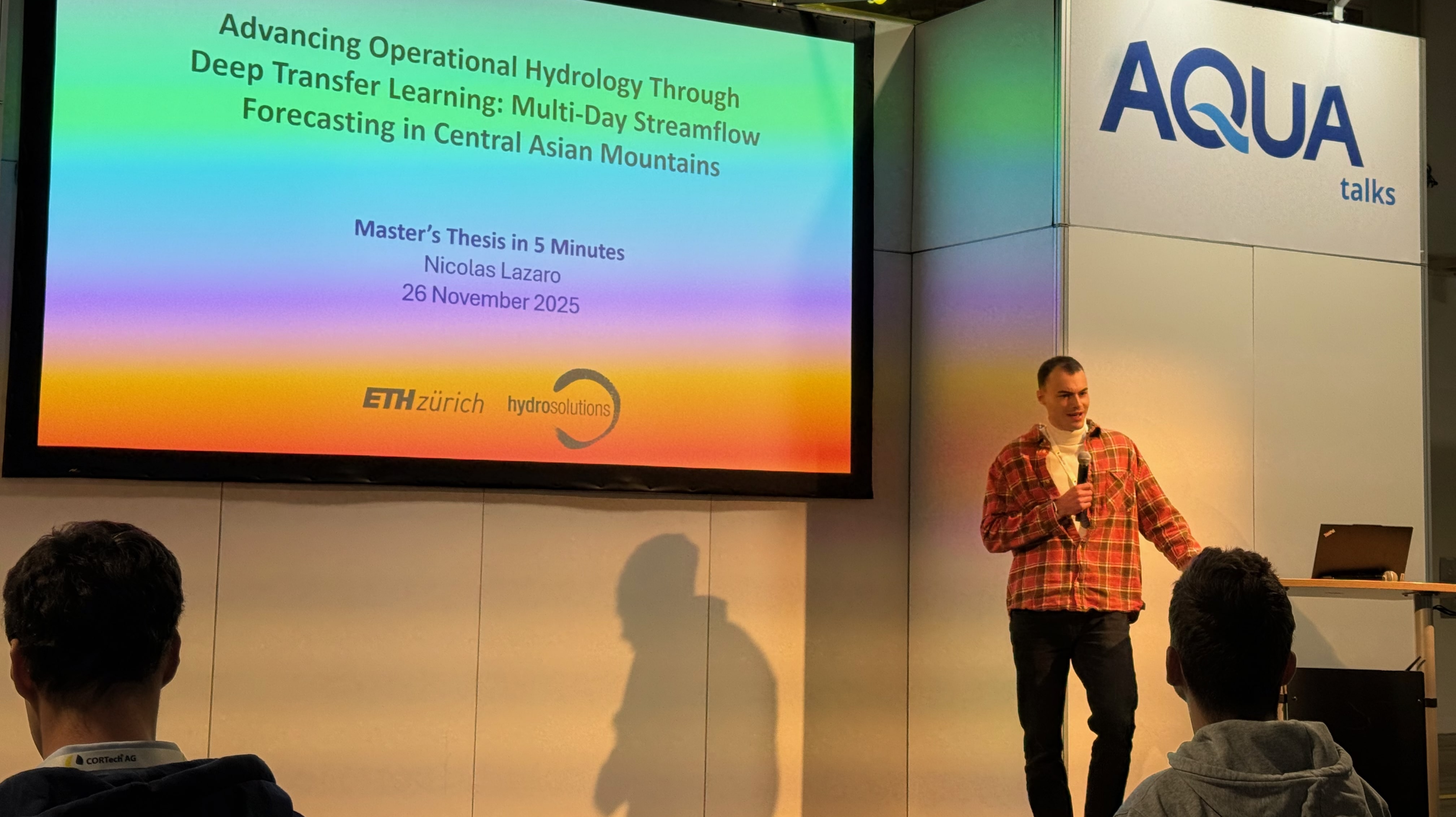Despite significant investments in Central Asian National Hydromets (CA NMHS) for the expansion of national hydrological monitoring systems in recent years, the institutions have struggled to benefit from new technologies. The main issues are their inability to process data from modern gauging stations and the lack of technology to handle high-frequency data. This has resulted in ineffective water allocation and persisting hydrometeorological risks for society and the economy due to hydrological discharge forecasts with modest quality.
To address these problems, the SAPPHIRE Central Asia Project was developed in collaboration with the Swiss Agency for Development and Cooperation. The project acronym SAPPHIRE Central Asia stands for Smart & Precise Prognostic Hydrology for Innovative Risk Management and Resource Use Efficiency in Central Asia. The project was kicked off during a 1.5-day workshop held in Bishkek from 13. – 14.April 2023. The picture below shows the participants.

This project aims to improve hydrological services by enabling better data processing and control, while using the information for more accurate forecasts. Four partner CA NMHS will work together to implement a tailor-made digital operational hydrology workflow, making the most of modern monitoring stations in operational and regime hydrology workflows and for issuing state-of-the-art high-performance ensemble forecasting (see figure below for schematics).

The 4-yearproject will first focus on the Kyrgyz NMHS, and once satisfactory results area chieved, the tools will be operationalized in Kazakh, Uzbek, and Tajik NMHS. The project will strengthen the links between meteorology and hydrology domains, improve service quality, and have measurable impacts on society and the sectors they serve. The implementation will be accompanied by regular methodological discussions and annual forecasting retreats, fostering regional cooperation, academic/public sector linkages, and strengthening relationships between NMHS organizations and their clients.




